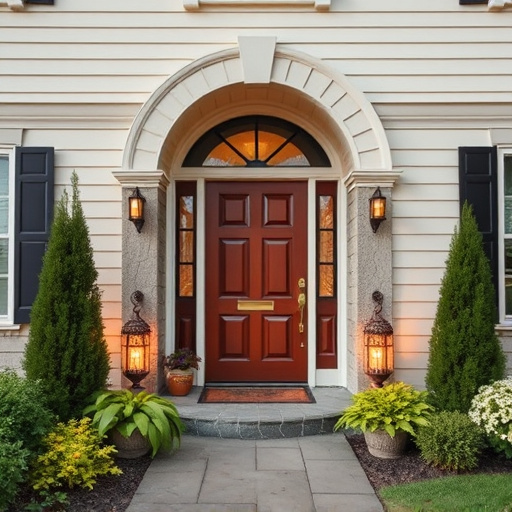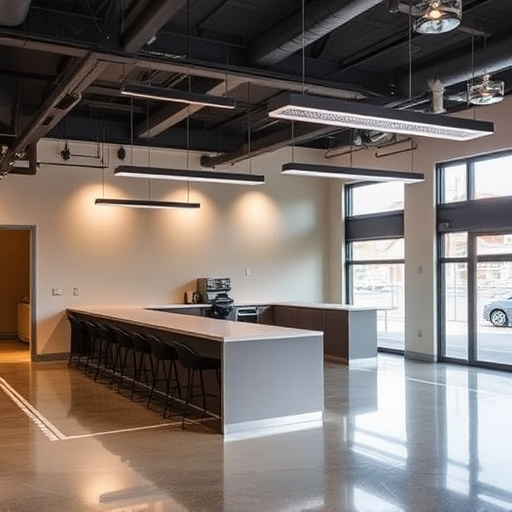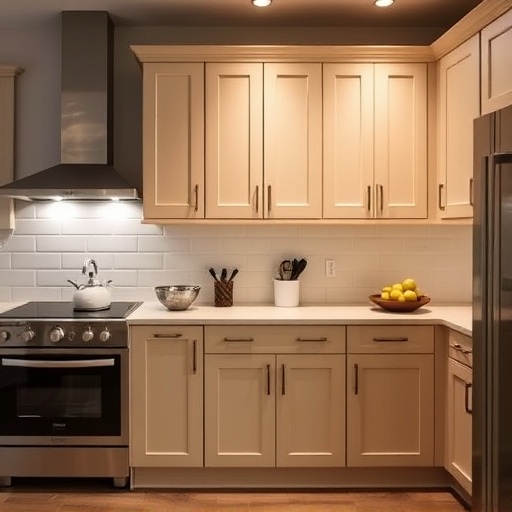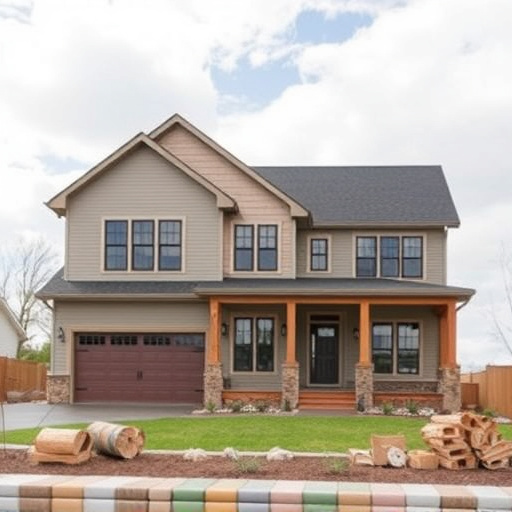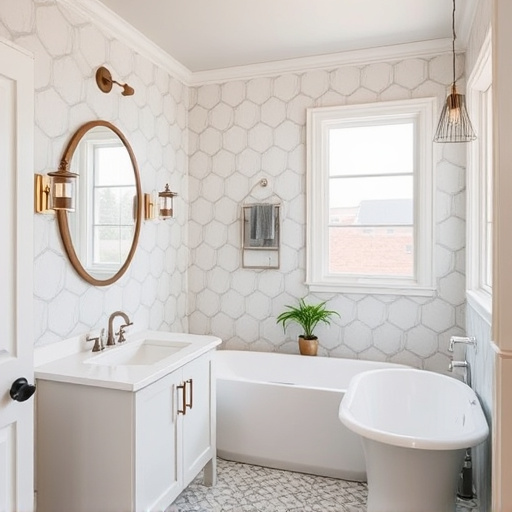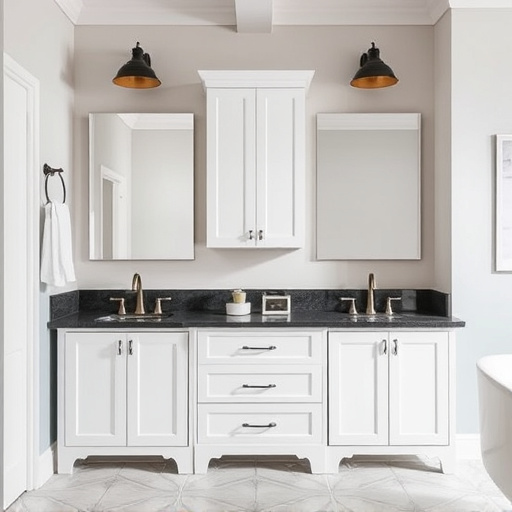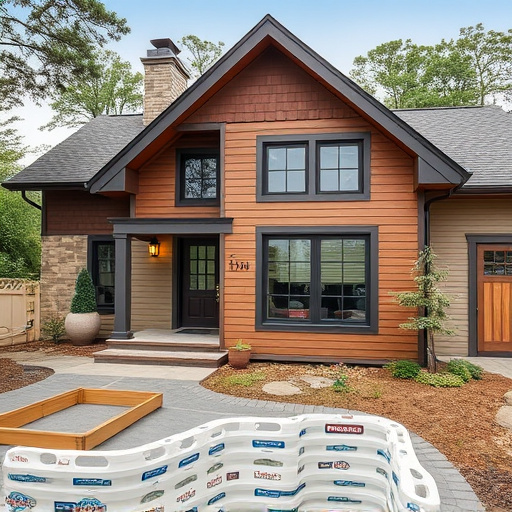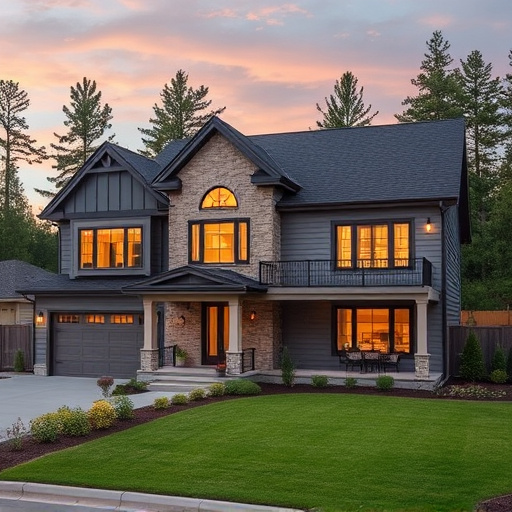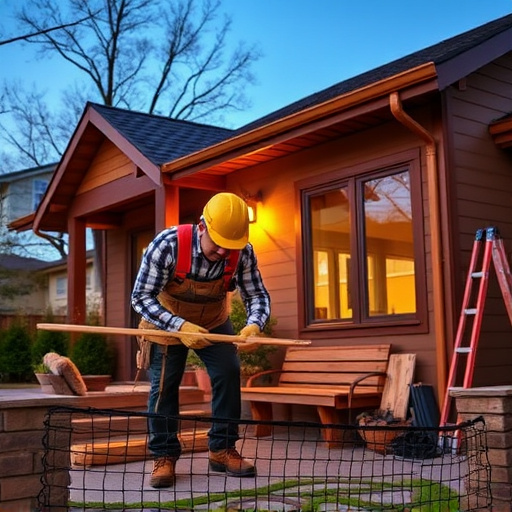Hardwood flooring, despite its allure and longevity, is susceptible to gaps caused by natural wood movement, poor installation, humidity, or foot traffic. Regular upkeep and inspections are key to catching these issues early. Identifying the root cause—moisture, thermal expansion, or subfloor problems—is crucial for choosing solutions like humidity control or subfloor reinforcement. Addressing gaps promptly prevents cosmetic issues from escalating into structural damage, ensuring hardwood floors remain in top condition during remodeling or updates.
“Discover how to tackle one of the most common hardwood flooring issues—gaps. This comprehensive guide unravels the secrets behind these unsightly spaces, offering insights into their various causes, from thermal expansion to furniture placement. Armed with this knowledge, you’ll explore practical solutions to not only close existing gaps but also prevent them from reappearing. Revamp your hardwood flooring and achieve a seamless, polished look.”
- Understanding Common Gaps in Hardwood Flooring
- Identifying the Causes of Gaps
- Effective Solutions to Close and Prevent Gaps
Understanding Common Gaps in Hardwood Flooring
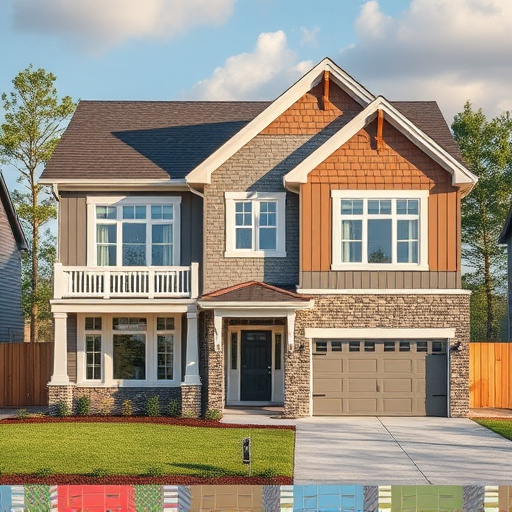
Hardwood flooring is a popular choice for many homeowners due to its natural beauty and durability. However, like any material, it can develop issues over time, with gaps being one of the most common problems. These gaps can arise from several factors, making them a standard concern in both old and new homes. One primary cause is the natural expansion and contraction of wood due to humidity changes. Hardwood floors contract when dry and expand when exposed to moisture, leading to small spaces between boards. This is particularly evident during seasonal shifts or after home renovation projects involving plumbing or humidity control systems.
Another frequent reason for gaps in hardwood flooring is poor installation. In residential renovations or whole house remodels, improper fitting of boards can result in uneven surfaces and open spaces. Insufficient gaps for expansion and contraction, incorrect spacing between planks, or weak adhesive can all contribute to this issue. Regular maintenance and inspections are crucial to identifying these problems early on, ensuring that minor gaps don’t turn into larger damage over time.
Identifying the Causes of Gaps
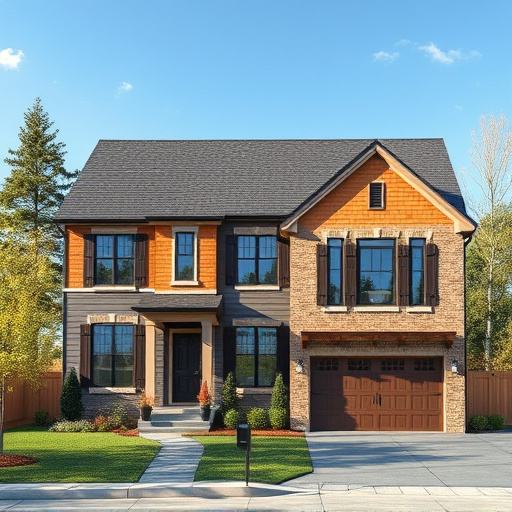
Gaps in hardwood flooring can be frustrating, but identifying their causes is the first step to effective fixing. These spaces often result from a combination of factors—from thermal expansion and contraction due to temperature changes, to poor initial installation or movement in the underlying subfloor. Another common culprit is moisture, which can cause wood to swell and then shrink, leading to gaps as it adjusts. Additionally, furniture placement, foot traffic, and even household pets can contribute to this issue over time.
Understanding these causes is crucial when addressing gaps because it guides the choice of solution. For instance, if gaps are primarily due to moisture issues, proper humidity control in the home might be necessary alongside more robust flooring installation techniques. In cases where gaps result from subfloor movement, reinforcement or replacement of the underlayment might be part of the renovation services required. Whether you’re planning a whole house remodel or focusing on kitchen and bath updates, addressing the root cause ensures lasting solutions for your hardwood flooring.
Effective Solutions to Close and Prevent Gaps
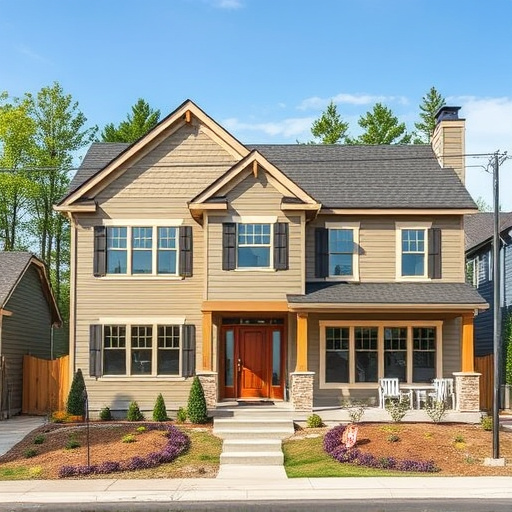
Gaps in hardwood flooring can be both an aesthetic concern and a potential indicator of underlying issues. Effective solutions to close and prevent these gaps involve a combination of proper installation techniques and regular maintenance. One of the most common causes of gaps is uneven subfloor, which can be addressed during the initial installation process by ensuring the subfloor is level and properly supported. Using high-quality, expansion-contraction joints designed for hardwood flooring can also mitigate gap formation due to seasonal changes in temperature and humidity.
For existing gaps, filling them with wood putty or caulk specifically formulated for hardwood floors is a common fix. This not only closes the gap aesthetically but also helps preserve the floor’s integrity. Regular cleaning and maintenance, including vacuuming and using appropriate cleaning products, can prevent dust and debris buildup, which may contribute to gap formation. Additionally, in areas prone to gaps, such as kitchen remodels or home additions that involve functional spaces with high foot traffic, using more resilient hardwood species or considering engineered hardwood flooring can be beneficial.
Hardwood floors are a beautiful addition to any home, but understanding common issues like gaps is essential for their longevity. By identifying the causes, from temperature changes to improper installation, you can employ effective solutions to close and prevent these gaps. Regular maintenance and quick action when gaps appear will ensure your hardwood flooring remains a stunning feature for years to come.

